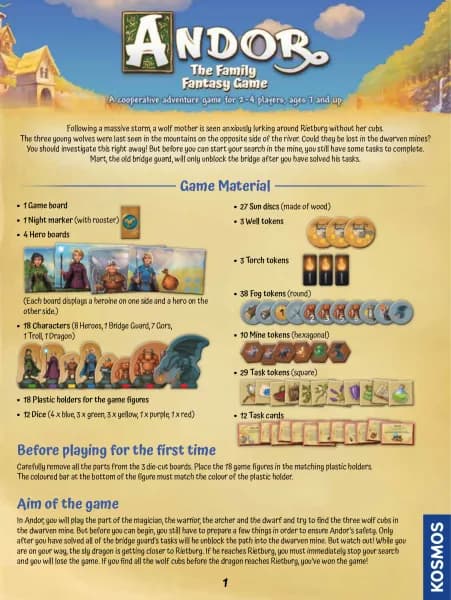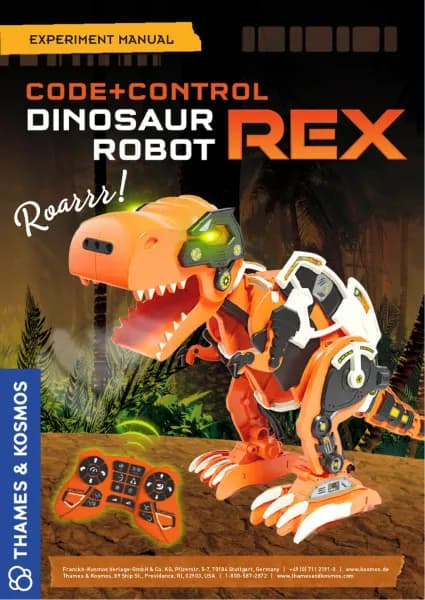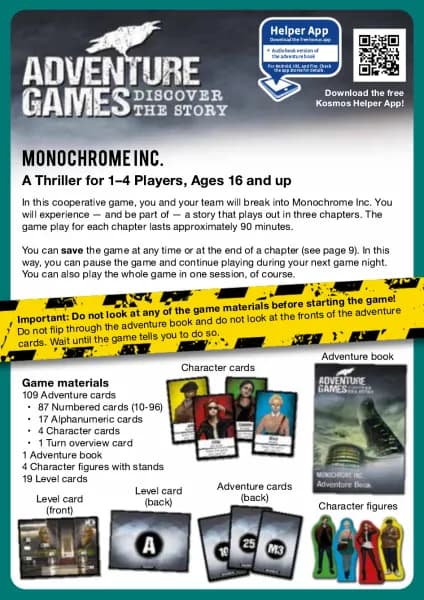Thames & Kosmos Genetics & DNA handleiding
Handleiding
Je bekijkt pagina 23 van 52

DOLLY
How humans tricked the rules of heredity
Dolly was a Scottish sheep born on July 5, 1996. Just
under a year later, as the world learned about her,
she caused a worldwide commotion. With this
famous sheep, researchers were able for the first
time to clone, or copy, a mammal. In nature, that
isn’t too unusual. Plant cuttings, for example, are
clones, and the plants are genetically identical.
People have long been able to clone frogs. But with
mammals, clones are a rare event: identical twins
are genetically identical, and they really do look so
similar that it’s hard to tell them apart. They come
about when the egg cell divides into two
independent embryos following fertilization.
But the idea of creating a genetic copy of a
mammal — such as a cow, dog, sheep, goat, cat, or
even a human — remained in the realm of science
fiction until Dolly came along. This is the trick the
researchers used: They removed the cell nucleus
from a normal somatic (body) cell of the animal. At
the same time, they take the cell nucleus from the
egg cell of another animal and inject the first
nucleus into it. Then, they trick the egg cell into
thinking that it has been fertilized, and it starts to
divide. The researchers then transfer the artificial
embryo into the womb of another animal, which in
the ideal case will end up bringing an intact animal
into the world.
Cloning has since been performed on dogs, cats,
mice, horses, and rats. But the success rate is very
low. Only a few embryos survive, and quite a few
that do are born with defects — a high price to pay
for the realization of an idea.
Nobody has ever succeeded in cloning a human,
and there are many moral and ethical issues
involved in such a pursuit.
CHECK IT OUT
Cells and Chromosomes | 21
Bekijk gratis de handleiding van Thames & Kosmos Genetics & DNA, stel vragen en lees de antwoorden op veelvoorkomende problemen, of gebruik onze assistent om sneller informatie in de handleiding te vinden of uitleg te krijgen over specifieke functies.
Productinformatie
| Merk | Thames & Kosmos |
| Model | Genetics & DNA |
| Categorie | Niet gecategoriseerd |
| Taal | Nederlands |
| Grootte | 21896 MB |







